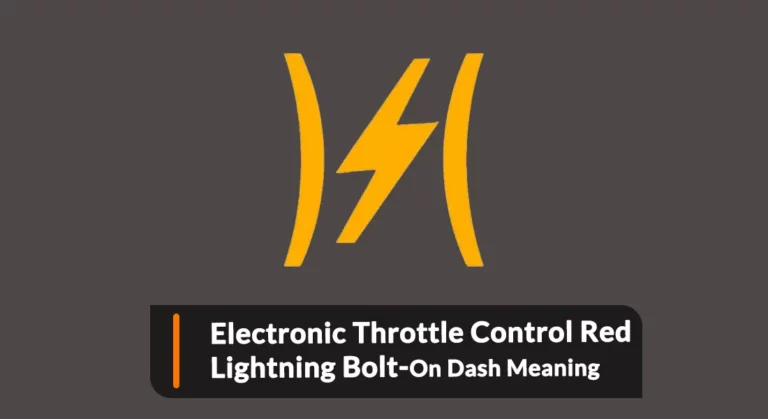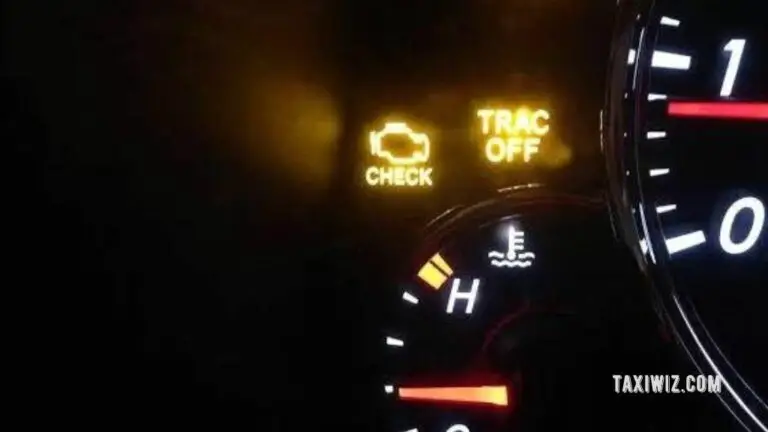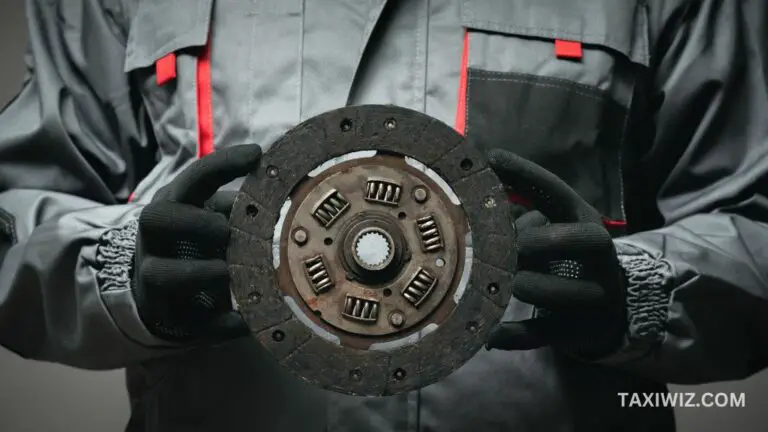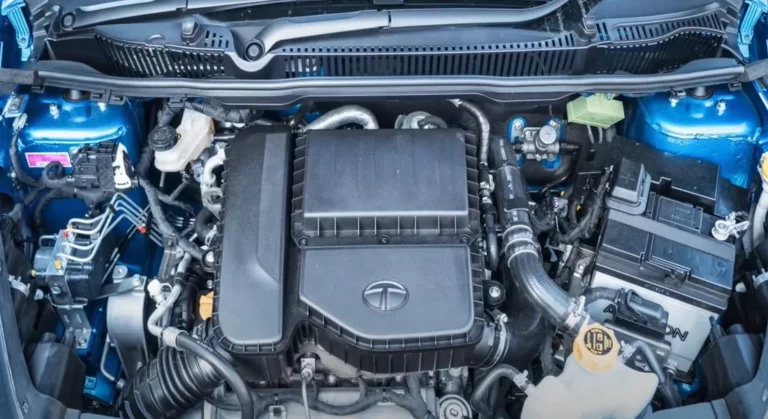Hidden VIN Locations on Vehicles: All You Need to Know
A vehicle identification number, or VIN for short, is a unique code that comes with every vehicle manufactured. They play an important role when it comes to identifying a vehicle.
These numbers can be placed in multiple locations. If you can’t seem to find them, then you may need to look into the hidden VIN location on vehicles.
The placement differs from one vehicle model to another, but usually, you should find them around the following:
- Engine compartment
- The chassis
- Door frame
- Inside the vehicle
Keep in mind that there might be other places where the VIN number may have been placed. Consult the manufacturer guide if you can’t seem to find the VIN number in the usual places.
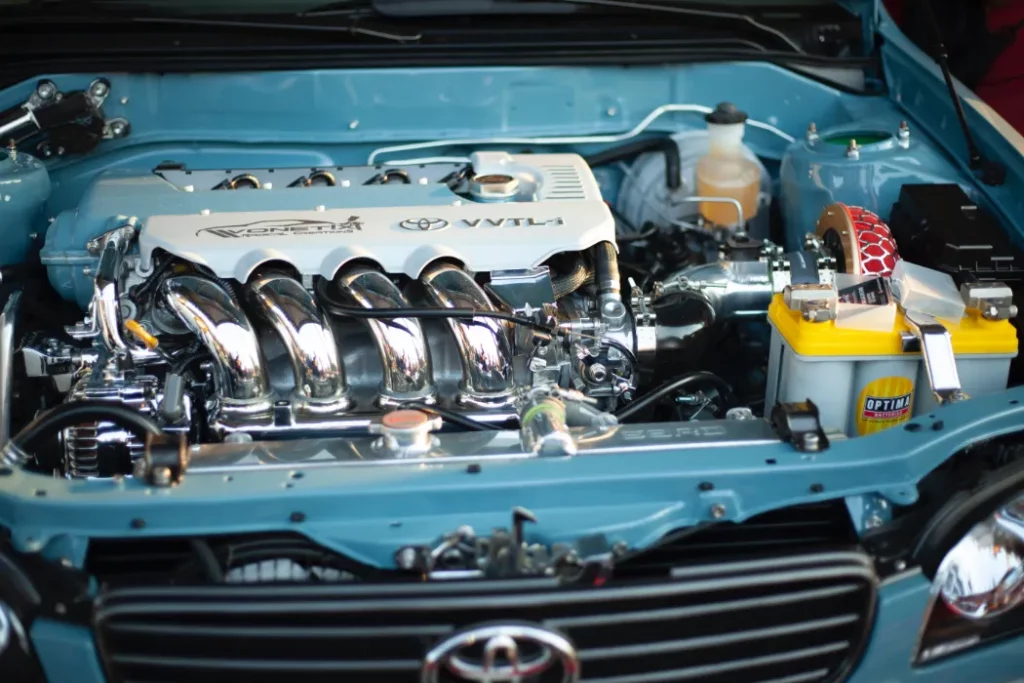
Common Hidden Locations to Look Into for VIN
Here are some of the most common places where you might find your vehicle’s identification number:
Inside the Engine Compartment
The engine compartment is one of the most common places where you should be able to locate the VIN.
Start off by looking into the front engine block. This should be the first part where your eyes will go when you open your vehicle’s hood.
Then check around the engine bay. You should focus especially on the radiator supports, the firewall, and the inner fenders. The VIN should be engraved on these metal surfaces.
The Door Frames
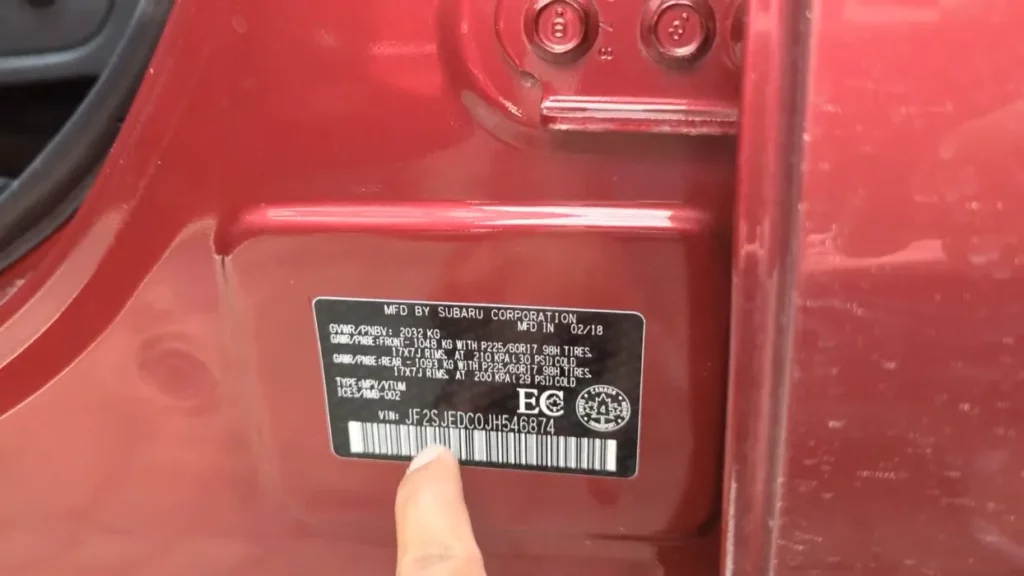
Next, you should proceed to observe the door frames, especially the ones on the driver’s side.
Open the doors and inspect where the door latches itself. You should also look into the place where the side view mirror would be when the door was closed.
Usually, if the manufacturer places the VIN around the door frame, it should be on a sticker or on a plate.
You should also consider the driver-side doorpost. If the VIN is placed there, then it should be around the spot where the door latches. This location is quite close to the receiver where you put the seatbelt.
Inside or Underneath the Trunk
In some cars, the VIN is placed inside the trunk lid. Make sure to check all sides of the trunk; usually, the VIN would be engraved.
The VIN might also be placed underneath the trunk, so make sure to check there with a light source. Also, don’t forget to look under the spare tire too.
Around the Rear Wheel
You may also find the VIN code right above the rear tire or on the sides. When the VIN is placed there, it is usually on a sticker.
On the Chassis
Another common location for the VIN that many forget to check is the chassis.
This isn’t that common in the latest models, but if you are using an old vehicle, then you may find the VIN stamped or engraved on the frame.
If the VIN is engraved, you may face difficulty finding it on the chassis. So, make sure to check every portion carefully with a bright light source.
Look Underneath the Carpeting or Floor Mats
In some cars, the VIN is placed under the floor mats or carpeting. Usually, they are engraved on the body, but some manufacturers also place stickers there.
This place goes unnoticed as most drivers don’t lift up the carpeting when cleaning the car, and there don’t know that the VIN exists there.
So, just lift up the carpeting or floor mats on the driver’s side and check for hidden VINs on the floor pan.
Check Inside Fender Wells
To check this location, first, remove the wheels or plastic fender liners to access the fender wells’ interior. You may find hidden VINs present there.
Places Inside the Vehicle
In some vehicles, the hidden VINs are placed in various interior locations, such as behind trim panels, inside the glove box, under the center console, or behind the rear seats.
Do keep in mind that the specific locations and number of hidden VINs can vary from vehicle to vehicle.
So, if you are looking for a hidden VIN for a particular vehicle, it is recommended to consult the vehicle’s owner’s manual or contact the manufacturer for precise information.
Why is the VIN Placed in Hidden Locations?
The VIN number is not actually “hidden,” but it is rather placed in multiple locations on a vehicle for security measures.
This is to ensure that an accurate vehicle identification can be conducted at any moment.
By placing the VIN in multiple locations, vehicle manufacturers and authorities aim to enhance vehicle security, prevent fraud, and ensure accurate identification and documentation of vehicles throughout their lifespan.
Vehicle Identification
The VIN is a unique identifier for each vehicle, providing important information about its manufacturing, specifications, and history.
So, when the VIN is in different locations, it ensures that the identification number is easily accessible.
The VIN is also used for various purposes, such as registration, insurance, maintenance, and legal compliance. So, having it in multiple locations helps you in those cases.
Protection from Potential Theft & Illegal Sale
When the VIN is in multiple locations, it becomes more difficult for thieves to alter or remove the VIN, making it harder to sell stolen vehicles or parts.
Every legal purchase of a car requires the identification of VIN.
So, if a thief attempts to tamper with the visible VIN, law enforcement or potential buyers can check the hidden VINs to verify the vehicle’s authenticity and determine whether it is a stolen vehicle.
This also stops the thieves from attempting to steal the vehicle in the first place.
Vehicle History and Maintenance
Hidden VINs also play a role in determining the authenticity and history of a vehicle. This is because it consists of the numbers of manufacture date, country of origin, parent plant, and more.
Therefore, when conducting vehicle history checks or inspections, comparing the visible and hidden VINs can help identify any discrepancies or potential issues with the vehicle’s documentation or condition.
Law Enforcement and Investigations
In case of accidents, thefts, or other legal matters, having the VIN in multiple locations allows law enforcement agencies to identify and track vehicles accurately.
Investigators can cross-reference the visible and hidden VINs to ensure the vehicle’s identity and investigate any suspicious activities. This is especially true when it comes to insurance claims.
What If You Can’t Find Any Hidden VIN?
Well, this would be a very unlikely situation, but if you are unable to locate any VIN, then these are the steps that you can follow:
Check the Vehicle Documentation
Your car’s documents should have your VIN listed.
So, review your vehicle registration, insurance documents, or any other paperwork related to your vehicle; the VIN is usually listed on these documents.
Make sure that the documents also support other identifications so that a legal party can be assured that the VIN you are presented in the document is the same for the car.
Look for VIN Stickers
At first, when you think of VIN, you may think of numbers engraved on various parts of the car.
But that isn’t always the case, as many models come with VIN stickers. So, inspect different parts for VIN stickers or plates.
These stickers can be placed in obnoxious locations that you may easily ignore. So, make sure to look into every nook and cranny of your car for these stickers.
Contact the Manufacturer
The VIN placement is different from one manufacturer to another. And nobody knows the location of a vehicle’s VIN than the manufacturer.
So, contact the vehicle manufacturer’s customer service or support line and ask them about your car’s VIN.
You should provide them with the necessary information about your vehicle, such as the model, year, and any other details you remember.
They should be able to assist you in locating the VIN or at least will provide alternative solutions.
Visit a Dealership that Sells Your Vehicle Model
If you cannot find the VIN, you can visit an authorized dealership for your vehicle’s make.
They should have access to manufacturer databases and may be able to help you locate the VIN using your vehicle’s identification details.
Ensure to provide the dealership with proper details, as the latest version of the same model may not have the same location for the VIN.
Hire a Professional
This should be the last option when everything else fails.
Contact a professional automotive locksmith or vehicle identification service specializing in locating VINs or vehicle identification numbers. They may offer specialized tools and techniques to help locate the VIN on your vehicle.
If you cannot locate the VIN, it is recommended to take the necessary steps to retrieve or replace it to ensure accurate identification and compliance with legal requirements.
Frequently Asked Questions [FAQs]
Are the hidden VINs visible from the outside of the vehicle?
No, hidden VINs are usually not visible from the outside. They are typically located in areas that require access or removal of specific parts.
Can I remove or alter the hidden VIN on a vehicle?
No, tampering with or altering the hidden VIN on a vehicle is illegal. Doing so can result in legal consequences.
How many hidden VIN locations are there on a vehicle?
The number of hidden VIN locations can vary depending on the make, model, and year. It is not uncommon for a vehicle to have around 10 locations.
Final Thoughts
Locating the hidden VIN locations on vehicles is necessary for any owner. It is crucial for a car’s identification. But the locations differ from one car model to another.
So, be patient, look for every possible place for the hidden VINs, and you’ll find them eventually.

